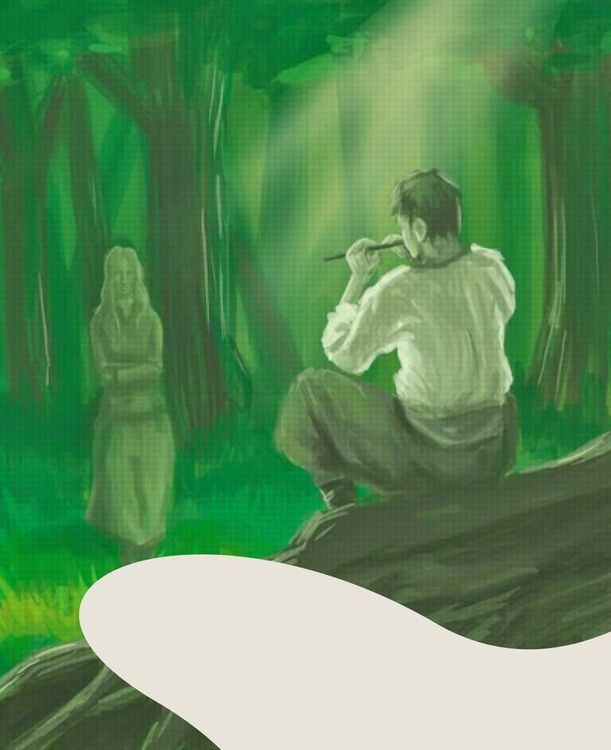1991 Ukrainian Independence Referendum

On December 1, 1991, nearly 91% of the voters affirmatively answered the question: “Do you support the Act of Declaration of Independence of Ukraine?” This event demonstrated the Ukrainian people’s desire to live in a free and independent state.
Fonts:
Zluka (Title)
Designer:
December 1, 1991, became one of the brightest moments in the history of Ukraine. On this day, the All-Ukrainian Referendum took place, where people clearly expressed their stand and desire to live in an independent state. There was not a single region, not a single town, where the idea of Ukraine’s independence did not find support among the majority of citizens.
On August 24, 1991, the Verkhovna Rada (Supreme Council) of Ukraine adopted a historic document - the Act of Declaration of Independence of Ukraine.
On that day, the Ukrainian Soviet Socialist Republic ceased to exist. A new independent state, Ukraine, emerged on the political map of the world.
The All-Ukrainian independence referendum took place on December 1, 1991. The ballot contained only one question: “Do you support the Act of Declaration of Independence of Ukraine?” People had to choose between two options: “Yes, I support” or “No, I do not support.”

With bated breath, everyone waited for the results. Not only Ukrainians but the whole world was watching the unfolding events. Everyone understood well that the fate of the once vast Soviet empire was being decided by the Ukrainian people. Despite Ukraine’s declaration of independence, a “democratic” Russia still held hopes of pulling it into another “renewed alliance.”
The referendum took place in all 27 administrative units of Ukraine: 24 regions, the Autonomous Republic of Crimea, Kyiv city, and Sevastopol city.
On that day, Ukraine also witnessed its first-ever presidential elections. Leonid Kravchuk was elected as the head of state at that time.
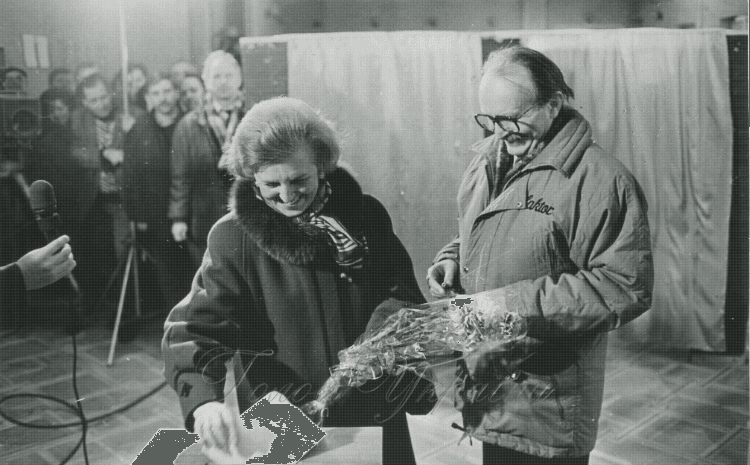
Ukrainians confirmed their desire to live in an independent state — nearly 91% of the referendum participants responded affirmatively to the question of independence. In doing so, Ukrainians demonstrated their enduring aspiration for a sovereign nation, leaving an official record of their profound commitment to independence.
The intelligentsia (status class composed of the university-educated citizens) played a significant role in shaping such a pro-Ukrainian stance. One of the examples is the inspiring words of poet Lina Kostenko which she addressed to the public on the eve of the referendum: “People! When you go to the polling stations on Sunday, don’t think these are just your steps. It's already the march of history!”
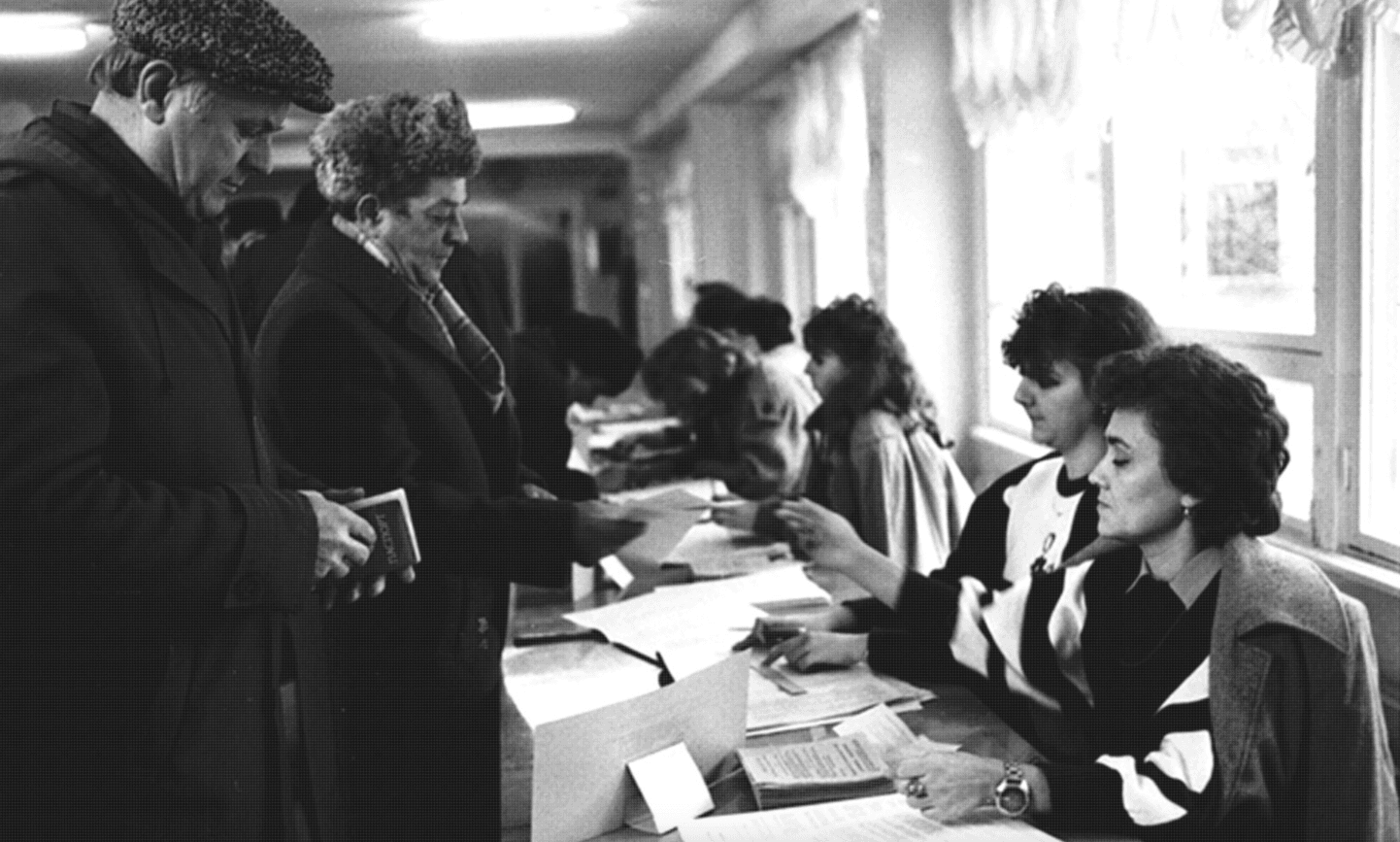
In the first weeks after the referendum, Ukraine’s independence was recognized by Hungary, Lithuania, Latvia, Bulgaria, Estonia, Czechoslovakia, Sweden, Israel, and Switzerland. Just a week after the referendum, on December 8, 1991, the leaders of Ukraine, Belarus, and Russia signed a document that marked the end of the Soviet Union.
Ukrainians fought for independence over 30 years ago, but they still have to defend the idea that Ukraine is a sovereign and free country.
Ukrainians gained their own state through faith, blood, determination, tears, and strength. The act once signed on the referendum gave the Ukrainian people a powerful impetus for further development of their national life. By choosing independence in 1991, they have been walking this path with dignity ever since.
Fonts:
Zluka (Title)
Next letter and event

1991 Ukrainian Independence Referendum
this project
in social
“Shchedryk” (The Little Swallow)


Zhyvyi lantsiuh (Human chain for the 71st anniversary of the Act Zluky)

Crimean Tatars, Karaites and Krymchaks (qırımlılar, qaraylar)

Zaporizka Sich (The Zaporizhian Host)

Holodomor


Falz-Fein and his “Askania Nova”

Holodomor

Yrii (/'irij/: iriy), yndyk (/in'dik/: turkey) and yrod (/'irod/: Herod)


Ukrainski sichovi striltsi (The Ukrainian Sich Riflemen, or the USS)

Ivan Franko

Zaporizka Sich (The Zaporizhian Host)


Falz-Fein and his “Askania Nova”

Yuzivka

Volia — collective concept, most often translated as Freedom

Crimean Tatars, Karaites and Krymchaks (qırımlılar, qaraylar)

Creative & Tech Online Institute
Медіа про дизайн, креатив і тех індустрії

Ukrainski sichovi striltsi (The Ukrainian Sich Riflemen, or the USS)

Holodomor

Peresopnytske Yevanheliie (The Peresopnytsia Gospel)

Ivan Franko


The Trident of Volodymyr the Great

Holodomor

Yizhak protytankovyi (Czech hedgehog)

“Yak umru to pokhovaite...” (When I am dead, bury me...)

Antonov AN-225 Mriya ("The Dream")
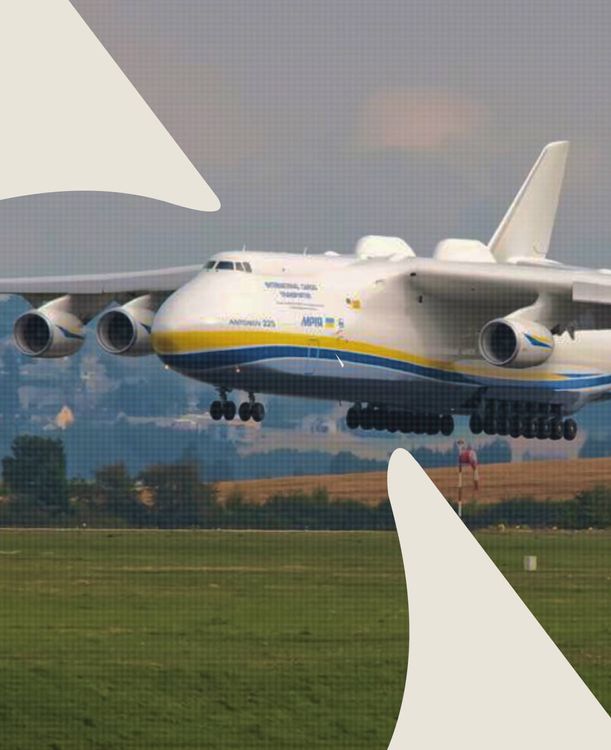
Budynok “Slovo” (The Slovo Building, or "The Word")
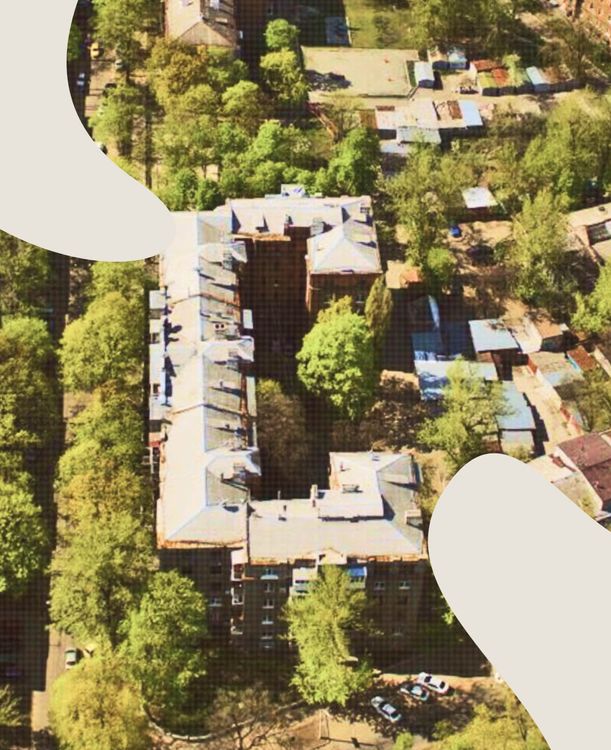
Peresopnytske Yevanheliie (The Peresopnytsia Gospel)

Chornobyl Disaster

Holodomor

Antonov AN-225 Mriya ("The Dream")


Ukrainski sichovi striltsi (The Ukrainian Sich Riflemen, or the USS)



